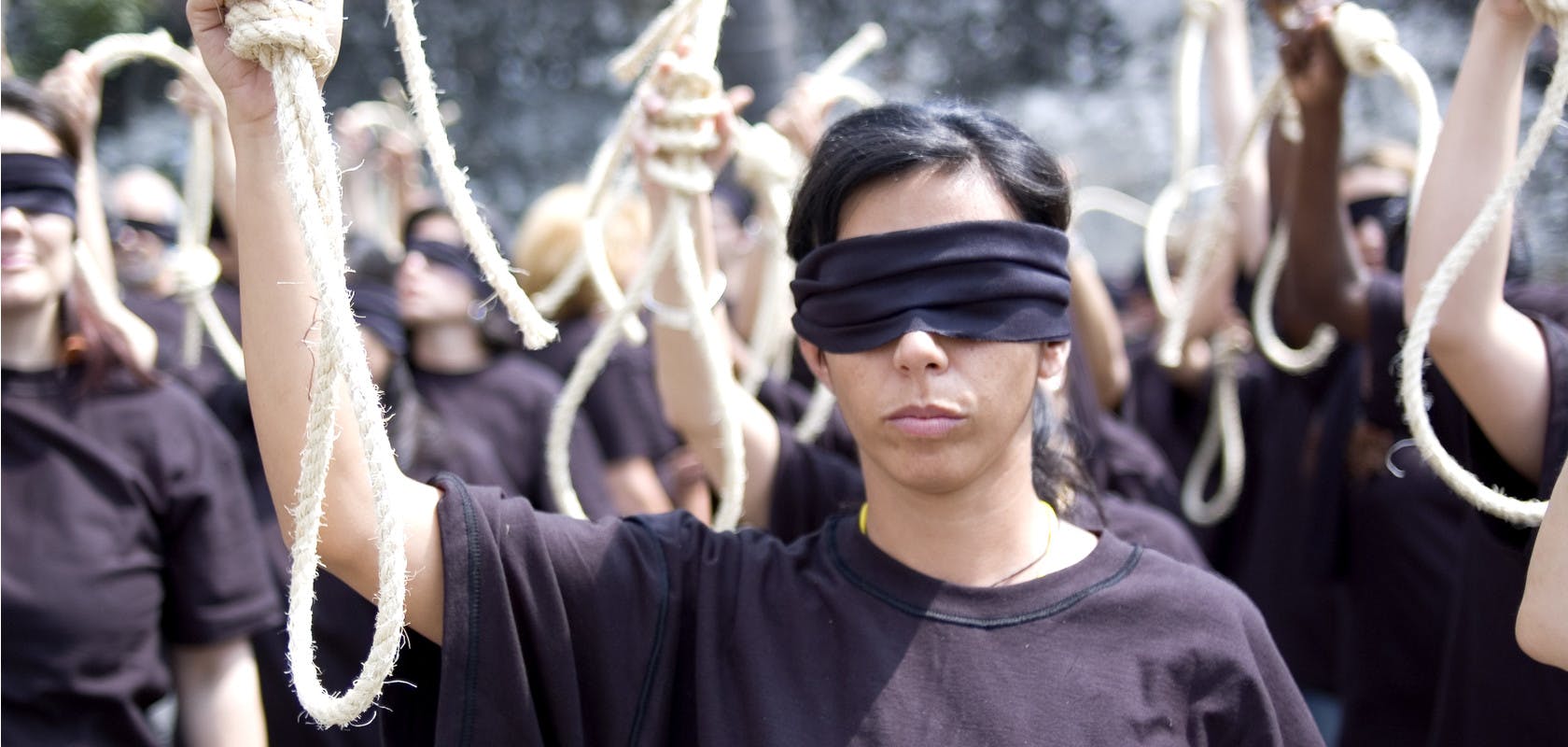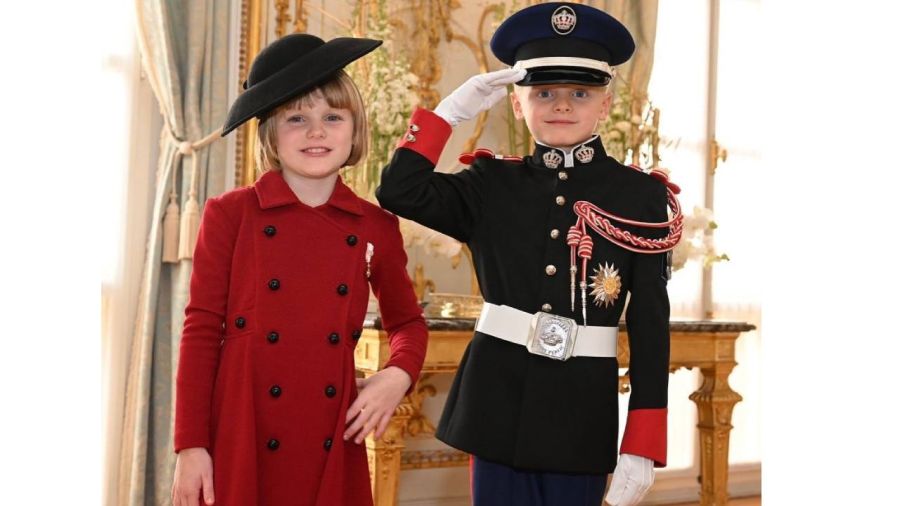The Hells Angels: Myths, Reality, And Membership

Table of Contents
Debunking the Myths Surrounding the Hells Angels
The Hells Angels are shrouded in myth and misconception, often fueled by sensationalized media portrayals and a history intertwined with organized crime. Let's dissect some of the most prevalent myths.
The "One Percenters" Label
The infamous "one percenter" label is a self-proclaimed identity adopted by the Hells Angels and other outlaw motorcycle clubs (OMCs) to distinguish themselves from mainstream motorcycle clubs.
- This label arose in the late 1940s as a reaction to the American Motorcycle Association's (AMA) claim that 99% of motorcyclists were law-abiding citizens. The Hells Angels embraced the "one percenter" moniker to symbolize their rebellion against societal norms and the AMA's perceived judgment.
- It's crucial to understand that not all Hells Angels members engage in criminal activities. The club comprises a diverse group of individuals with varying levels of involvement in illegal activities.
- Criminal involvement within the Hells Angels varies significantly across chapters and individual members. Generalizing the entire organization based on the actions of some is inaccurate and misleading.
The Media's Portrayal of the Hells Angels
Media depictions, whether in documentaries, news reports, or fictional works, have significantly shaped public perception of the Hells Angels. This portrayal often relies on stereotypes and sensationalism.
- Documentaries and news reports frequently focus on criminal activities, overlooking the social and communal aspects of club life for many members. This creates a skewed and incomplete picture.
- Biased reporting, often driven by the need for dramatic narratives, contributes to negative stereotypes and reinforces preconceived notions about the Hells Angels.
- Exaggerated portrayals of violence and criminal activity overshadow the more mundane realities of club life for many members, who may be primarily involved in motorcycle riding, social events, and maintaining club infrastructure.
The Hells Angels and Organized Crime
The relationship between the Hells Angels and organized crime is complex and undeniable. While some chapters have been demonstrably involved in criminal activities, it's vital to avoid sweeping generalizations.
- Specific instances of criminal activity linked to the Hells Angels include drug trafficking, weapons smuggling, extortion, and violence. These activities have been documented in numerous investigations and court cases.
- The club's hierarchical structure, with its charters and chapters, can facilitate criminal activity by providing a framework for organization and communication. However, this structure also allows for some degree of autonomy among individual chapters.
- It's crucial to distinguish between the actions of individual members and the official policies of the club. Attributing all criminal acts to the entire organization is a simplification that ignores the diversity within its ranks.
The Reality of Hells Angels Membership
Becoming a full-fledged member of the Hells Angels is a rigorous and demanding process, far removed from the romanticized notions often portrayed in popular culture.
The Prospect Period
Potential members, known as "prospects," must endure a lengthy and challenging probationary period before they can earn their patch.
- Prospects face a range of tests and challenges, often designed to assess their loyalty, commitment, and willingness to follow club rules. These can include menial tasks, running errands, and proving their worth through acts of service.
- The Hells Angels have a hierarchical structure, with various roles and responsibilities for different members. Prospects learn the club's internal workings and expectations during their probationary period.
- Membership requires a significant time commitment and involves responsibilities that extend beyond motorcycle riding. Members are expected to participate in club activities, meetings, and events.
The Patch and its Significance
The iconic Hells Angels patch is more than just a piece of clothing; it's a symbol of membership, identity, and loyalty.
- The colors, design elements, and overall presentation of the patch carry significant meaning within the club and represent a powerful visual identity to outsiders.
- Strict rules and regulations govern the wearing of the patch. It is a privilege earned, not given, and represents a significant commitment to the club.
- Wearing the patch signifies pride in membership but also carries a considerable sense of responsibility and accountability.
Life Within the Hells Angels
Beyond the stereotypes, the daily lives of Hells Angels members involve a mix of motorcycle riding, social events, and maintaining the club's infrastructure.
- The club fosters a strong sense of camaraderie and brotherhood among its members. Social gatherings, motorcycle runs, and other events contribute to this strong bond.
- Strict rules and regulations govern members' behavior, both within and outside the club. Adherence to these rules is crucial for maintaining order and unity.
- Members fulfill various roles within the club's hierarchy, from leadership positions to support roles, contributing to the overall functioning of the organization.
Legal Challenges and Controversies
The Hells Angels have a long and complicated history with law enforcement agencies, leading to numerous legal battles and investigations.
Law Enforcement and the Hells Angels
The conflict between law enforcement and the Hells Angels is ongoing, driven by the club's involvement in organized crime and its resistance to authority.
- Prominent cases involving the Hells Angels have established legal precedents and shaped law enforcement strategies. These cases have often involved RICO charges and other strategies designed to dismantle organized criminal networks.
- Law enforcement agencies employ various strategies to combat the activities of the Hells Angels, including infiltration, surveillance, and targeted investigations.
- Legal challenges and investigations have significantly impacted the club's operations, leading to arrests, seizures of assets, and changes in club structure.
Public Perception and the Law
Public perception plays a significant role in shaping legal responses to the Hells Angels. Balancing public safety with individual rights is a constant challenge.
- Prosecuting crimes committed by Hells Angels members presents unique difficulties, often involving challenges in gathering evidence and dealing with witness intimidation.
- The RICO Act and other statutes targeting organized crime have been used extensively against the Hells Angels, but these cases can be complex and lengthy.
- The ethical considerations surrounding investigations and prosecutions of the Hells Angels are complex, requiring a delicate balance between upholding the law and protecting individual rights.
Conclusion
The Hells Angels Motorcycle Club remains a complex and controversial organization. While media portrayals often focus on the sensational and the criminal, a deeper understanding requires looking beyond the stereotypes. Understanding the realities of Hells Angels membership, their internal structure, and the legal battles they face allows for a more nuanced and informed perspective. This article has sought to separate fact from fiction, providing insight into the myths and the reality surrounding this infamous motorcycle club. To learn more about outlaw motorcycle gangs and their societal impact, continue your research into the history and activities of the Hells Angels, exploring further the nuances of their complex existence.

Featured Posts
-
 Proces Marine Le Pen Appel Contre La Peine De Prison Et D Ineligibilite
May 26, 2025
Proces Marine Le Pen Appel Contre La Peine De Prison Et D Ineligibilite
May 26, 2025 -
 Finding Joy Amidst Loss Jonathan Peretz And His Son
May 26, 2025
Finding Joy Amidst Loss Jonathan Peretz And His Son
May 26, 2025 -
 Container Ship Runs Aground On Front Lawn Full Story
May 26, 2025
Container Ship Runs Aground On Front Lawn Full Story
May 26, 2025 -
 Lino En Otono Inspiracion De Charlene De Monaco
May 26, 2025
Lino En Otono Inspiracion De Charlene De Monaco
May 26, 2025 -
 Rehoboth Beach A Haven For Relaxation And Rejuvenation
May 26, 2025
Rehoboth Beach A Haven For Relaxation And Rejuvenation
May 26, 2025
